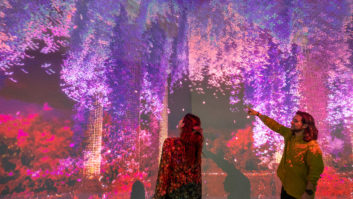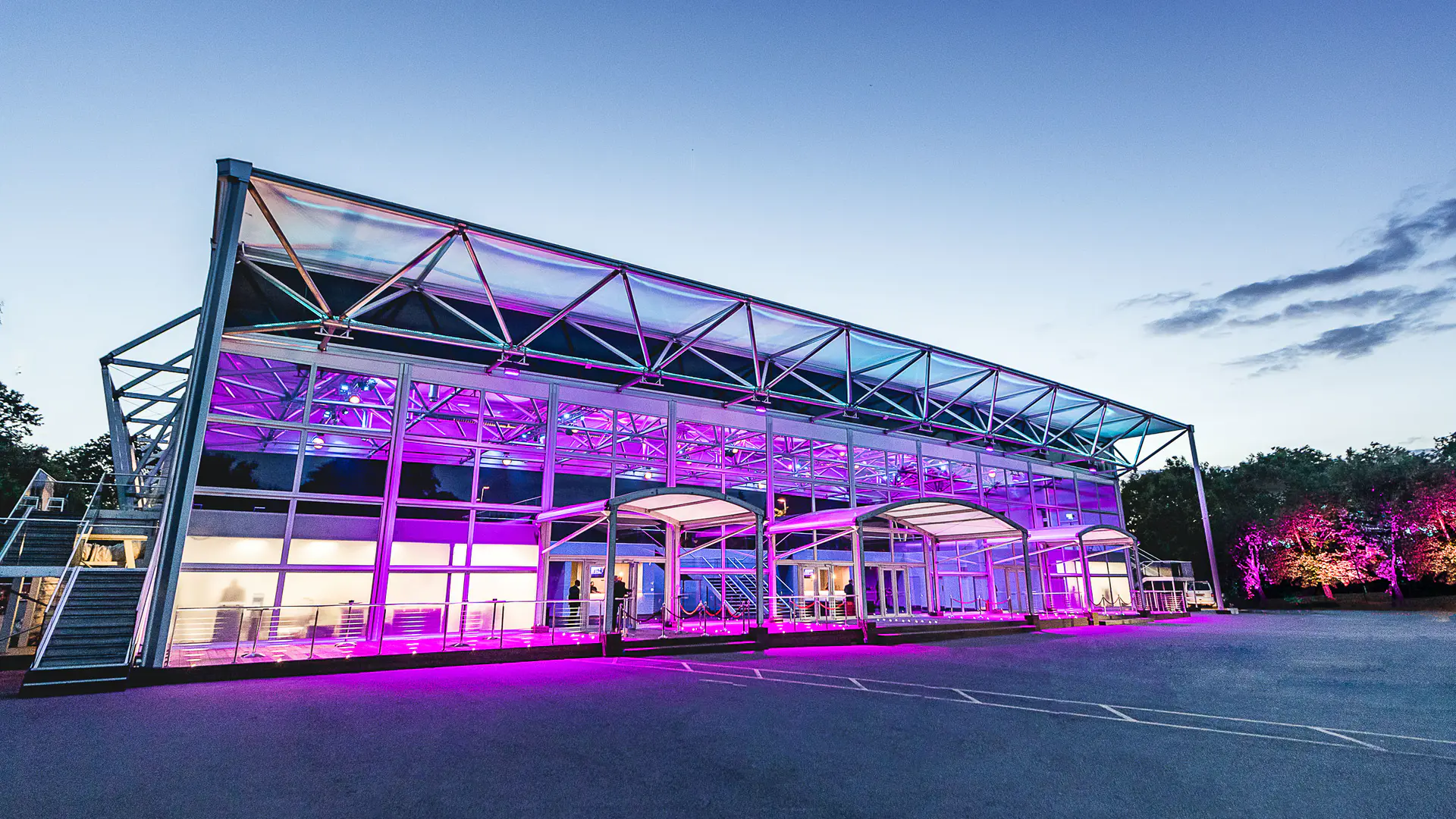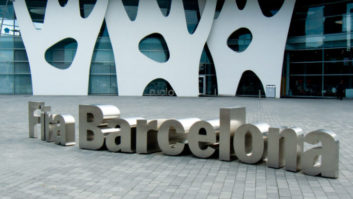1. FLIGHT OF FANCYWandering through the Vondelpark at this time of year, you’d be forgiven for thinking you’re hallucinating when a flash of tropical green streaks through the skeletal winter trees. You’re not: since 1976, a riotously colourful flock of ring-necked parakeets has made Amsterdam its unlikely home. Believed to have descended from a pair of pet birds released into the wild some 35 years ago (which miraculously survived the harsh northern climes), they are now believed to number in excess of 2,000 within the city. In spite of initial fears that the feral flock would compete with native species for nesting holes, their ecological impact has been limited, and for the time being at least they continue to bring a touch of the Tropics to the Dutch capital. 2. A CITY OF CYCLISTS American essayist Christopher Morley once wrote that ‘the bicycle, the bicycle surely, should always be the vehicle of novelists and poets.’ While that may be true of the gas-guzzling United States, here in the Netherlands – and in Amsterdam especially – the humble bike is the default mode of transport for the butcher, the stockbroker… and even the supermodel. At the first edition of Amsterdam International Fashion Week in 2004, it wasn’t just the futuristic designs by the city’s rag-trade mavericks that turned the immaculately coiffed heads of the visiting front-row crowd; it was also the fact that the local models and fashionistas – some of them with skinny lattes or mobile phones in hand – were arriving not by chauffeur-driven car or even by taxi. They were rocking up on bicycles. In 2013, during the Fashion Week, Dutch retailer SuperTrash sent its models down the catwalk on bikes, to the soundtrack of Queen’s ‘Bicycle Race’. Trends come and go, but it seems the fiets never goes out of style. Rusty but trustyRidden by royalty and riff-raff alike, the bike is Amsterdam’s great social leveller, with more than 50 per cent of all inner- city journeys happening on two wheels. It’s rumoured that there are more bikes than people. You may be able to glance at an Amsterdammer’s clothes, their postcode or their curtains and make a judgement about their social status or heritage. Their bike, however? That’s another story. According to Michel Geldermans, owner of cycle repair shop Fiets Toom in the Oud-West, ‘Although there is a growing trend for more expensive “designer” bikes among young people, as a general rule, one person’s bike will look much like the next bike.’ And the next bike, let’s be honest, is no oil painting. Regardless of its owner’s pedigree, a cycle in Amsterdam is frequently a rusty but trusty old wreck, complete with amateur paint job, its key components held together with gaffer tape. Being a pragmatic bunch by nature, Amsterdammers are aware that the flashier a bike, the more likely it is to be swiped. It’s estimated that some 50,000 steeds are stolen every year in the capital. Often this is the result of lax locking after a few too many biertjes. A whole lot more end up languishing at the bottom of the waterways, albeit not for long. Most of the time, however, things work exceptionally well. ‘Now that cities world-wide are having to deal with the problems of traffic jams, pollution and parking space, they look to Amsterdam and see that the solution lies in biking,’ says Jorrit Kreek. ‘Tourists look at us like we’re from outer space, but for us, it’s totally normal,’ jokes Kreek.
Being compact and famously flat, it’s true that Amsterdam had a head start when it came to bike-friendliness. But – as is appropriate for one of the only mechanised modes of transport whereby passenger and engine are one and the same – people power has played a significant role. Bike sharing schemes, such as London’s ‘Boris Bikes’ network and Paris’s ‘Vélib’ initiative, find their inspiration in Amsterdam’s ‘White Bike Plan’ of 1965, the earliest-known community biking scheme as conceived by radical politician Luud Schimmelpennink in association with the countercultural Provo movement. One of several ‘White Plans’ devised to address social problems (another advocated shared parenting in groups of five couples), it never really got off the ground, but nevertheless demonstrates that, when it comes to biking, Amsterdam has long been ahead of the curve. Since the 1970s, when bike use was at an all-time low, successive legislation and investment has rendered driving in the city more and more onerous, and cycling more convenient. A trip across Amsterdam that would take an hour in the car now takes about half that time by bike. As Taco Carlier, whose sleek aluminium ´Vanmoof bikes´ with patented integrated chain lock have won a clutch of international prizes for design, says of Amsterdammers: ‘We’re practically born on bikes, so it makes sense that we should know how to reinvent them.’ 3. DE PIJPYou could roam around for hours in De Pijp. Amsterdam’s Latin Quarter is a lively mix of cultures, cuisines and sights. No one is entirely sure where the name ‘De Pijp’ (The Pipe) came from: some believe it was the narrow, meandering ‘pipe’-like streets; others assume it was because of a ditch that once divided the district – now home to the bustling Albert Cuyp Market, otherwise known as ‘the Kitchen of Amsterdam’. Either way, Amsterdam’s Latin Quarter is hot on the picturesque Jordaan’s heels in terms of popularity: house prices have increased by 350 per cent in the last decade. A hub for artists, students and bohemian spirits, De Pijp is undeniably Amsterdam’s creative district. Divided in two (‘De Nieuwe’ and ‘De Oude’), this area even has streets named after its artistic alumni: the main thoroughfare is called Ferdinand Bolstraat after one of Rembrandt’s pupils, while the Vincent van Goghstraat speaks for itself. At the turn of the 21st century, abstract artist Piet Mondriaan allegedly founded his revolutionary art of ‘De Stijl’ in a poky studio on Ruysdaelkade, while the writer Ferdinand Bordewijk referred to the area as ‘a ramshackle bordello, a wooden shoe made of rock’ while penning his acclaimed novel Growling Animals in the early ’30s. It was a time of unadulterated bonhomie, with the likes of Eduard Jacobs igniting the Dutch cabaret scene with his absurd, humorous skits. Bawdy stand-up, drunken social debate and general reverie filled the rustic cafés, while brewers such as Heineken flocked to supply the booze. Ask any local here directions to their house and they invariably say, ‘Behind the Heineken Brewery.’ Even the architecture hasn’t lost this playful vibe, with Ceintuurbaan 251-255 sporting carved wooden gnomes tossing balls at each other from the rooftops.
While De Pijp has always harboured beatnik flair, with cafés, art-house cinemas and utopian students in abundance, the area did see a seismic shift in CULINARY DNA during the ’60s and ’70s. The Heineken Brewery’s immense growth attracted Spanish, Turkish, Moroccan and Surinamese workers – there are now more than 150 different nationalities residing in the area – who immediately showcased their tastes around the Albert Cuyp Market. Local antiques dealer Martina van der Malrijk remembers it well: ‘Everything was rather bourgeois in the ’50s; it was arty yet quite narrow-minded. There was only one colour and it was Dutch.’ Van der Malrijk goes on to explain local reaction to these shifts: ‘At first we didn’t like it – I remember the first day that the Albert Cuyp Market smelled of bakso malang [an Indonesian spicy soup] instead of fresh bread – but we soon adapted and their food became ours and our home became theirs.’ It is this inclusive attitude that above all epitomises this multi-ethnic ’hood. De Pijp is also the territory of physician, urban planner and philanthropist Samuel Sarphati, who is commemorated in SARPHATIPARK with a statue. This green oasis in the centre of De Pijp attracts visitors with delicate vistas and impressive foliage. Complete with a dog park, children’s playground and outdoor gym area, hip mummies natter alongside the city’s bright young things penning their memoirs.
The heart of this neighbourhood, however, is ALBERT CUYPSTRAAT – the ‘pipe’-like street that cuts this vibrant area in two with its 260 stores of hustle and bustle operating six days a week. Whether Vietnamese spring rolls, Dutch herring or freshly-made stroopwafels, this famous market epitomises the diversity that has put this bohemian hub on the map.
Get out of town for these don’t-miss attractions beyond the city limits. HAARLEMHaarlem has a rich history, monumental churches, historic hofjes (former alms-houses) and diverse museums. If you take the train, take time to appreciate the only Dutch railway station decorated in the Jugendstil (art nouveau) style, with characteristic tiled panels, decorative ironwork and a striking wooden signal house. The Amsterdamse Poort, a city gate dating from 1355, is a magnificent monument that has withstood countless battles and wars, while on the historic central square the Sint Bavokerk spire is worth the climb, boasting unparalleled views stretching for miles. Don‘t miss the Frans Hals Museum (Groot Heiligland 62, Haarlem, www.franshals museum.nl), whose current exhibition, Frans Hals, Eye to Eye With Rembrandt, Rubens and Titiaan, gives the Old Master the credit he deserves. The Teylers Museum (the oldest in the Netherlands) houses fossils that are millions of years old, as well as scientific instruments and coins, pictures and paintings. Het Dolhuys museum of mental health, meanwhile, charts the treatment of the mentally ill in the past and present and is a unique testament to Dutch tolerance. www.vvvhaarlem.nl Getting there: trains from Central Station to Haarlem take around 15 minutes.
ZAANSE SCHANSWith traditional houses, windmills, ware- houses and workshops, the Zaanse Schans open-air museum offers a perfectly-preserved glimpse into what it was like to live in one of Europe’s first industrial regions in the 18th and 19th centuries. As Amsterdam’s ship-building industry flourished, local guilds banned the building of wind-powered saw mills within the city limits. Instead, these windmills were built along the Zaan River, where the wood could easily be shipped back. At one time, there were no fewer than 800 of them in the Zaanse Schans region, which became an industrial centre. Many of the characteristic regional houses are now museums or workshops, which demonstrate traditional crafts. www.zaanseschans.nl Getting there: from Central Station take the train to Koog-Zaandijk (15 minutes). Zaanse Schans is a ten-minute walk from the station.







